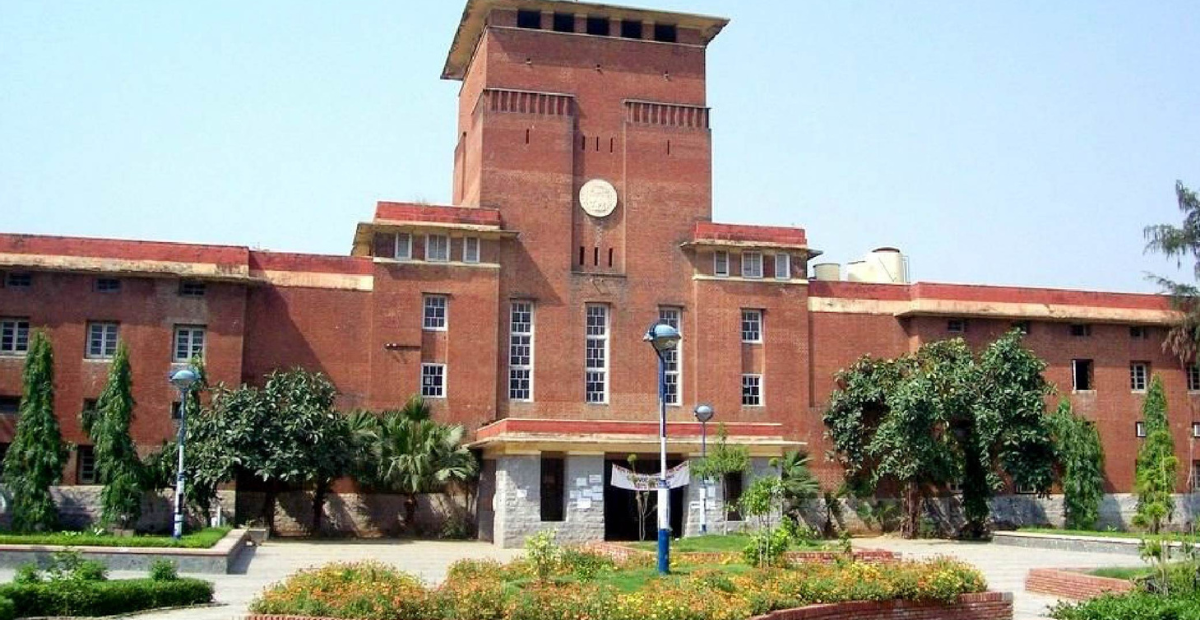Most Recent Blogs
UPSC
Battle of Plassey (1757) UPSC Notes- Background, Causes, Timeline, History
04 Jul 2025 The Battle of Plassey was fought on 23rd June 1757 in the Plassey region of West Bengal. This…
CUET
CUET UG 2025 Results Released: How to Download CUET Scorecard, Direct Link
04 Jul 2025 The CUET UG 2025 results have been officially declared today, July 4, 2025. Students can visit the official…
CAT MBA
Top MBA Colleges In India Without CAT Exam – Admission Process, Specializations &
04 Jul 2025 When you think of an MBA in India, the CAT exam is the first thing that comes to…
CAT MBA
CAT DILR Syllabus 2025: Important Topics, Pattern & Preparation Tips
03 Jul 2025 CAT DILR Syllabus 2025: The CAT DILR section is where quick thinking meets time constraints. Read the article…
CAT MBA
CAT Quantitative Aptitude Syllabus 2025: CAT QA Important Topics, Weightage & Preparation Tips
03 Jul 2025 CAT Quantitative Aptitude Syllabus 2025: The CAT Quant section is a “make-or-break” part of the exam. It tests…
CAT MBA
CAT VARC Syllabus 2025 PDF: Important Topics, Weightage & Preparation
03 Jul 2025 CAT VARC Syllabus 2025: For many aspirants, CAT VARC section is the most scoring part of the exam…
BBA
BBA Entrance Exams: NPAT, SET, IPU & MAH CET Compared
02 Jul 2025 BBA Entrance Exams: BBA is a 3-year UG course that offers students a basic understanding of the business…
CUET
CUET Final Answer Key 2025 Released, Direct Link to Download PDF
01 Jul 2025 CUET final answer key 2025 to be released soon! Be aware of all the latest updates and complete…
UPSC












